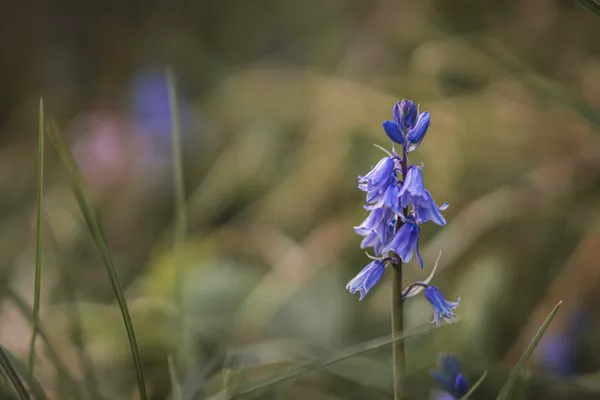Wisteria flowers add an enchanting touch to any garden, gracefully draping over trellises, walls, and various garden structures. With the right care and conditions, they can flourish and provide your yard with shade, privacy, and their iconic cascading blossoms each spring and summer. Here are some essential tips to help your wisteria thrive while keeping it in check.
Choose the Right Wisteria Varieties for Your Space
Wisteria comes in various varieties, and it’s crucial to select the one that suits your garden’s dimensions. For instance, Chinese wisteria (wisteria sinensis) and Japanese wisteria (wisteria floribunda) can grow up to 30 feet in length, making them better suited for expansive spaces with robust support structures. However, for most gardeners seeking a more manageable option, native varieties are a better fit. These American wisteria vines exhibit similar vigor and beauty but don’t possess the genetic potential to grow as large, making them a more practical choice for smaller gardens.
Ensure the Ideal Soil and Growing Conditions
To maximize the profusion of wisteria flowers, it’s essential to provide your plant with the optimal growing conditions. This entails full sun exposure and well-fertilized, moist soil. Wisteria plants are not particularly drought-tolerant, so consistent moisture is crucial. Spring or fall is the ideal time for planting, and it’s advisable to choose a location separated from other plants, as wisteria demands space and could potentially smother neighboring greenery.
Choose a Garden Structure
Wisteria vines lack the clinging structures found in ivy and other vines, necessitating external support. To prevent potential damage, it’s essential to provide them with a structure for climbing. Trellises, arbors, or a wire system along a wall can serve as suitable support structures. A designated support not only aids in the wisteria’s growth but also simplifies pruning and maintenance.
Taking Care of a Wisteria Plant
Wisteria, especially Japanese and Chinese varieties, requires regular pruning to maintain their shape and promote blooming. Pruning is essential as wisteria flowers appear on first-year growth. It is recommended to prune during late winter to ensure new flowering. For Chinese and Japanese wisteria varieties, additional summer pruning is necessary to control the plant’s growth and prevent it from becoming unwieldy.
Frequently Asked Questions
When do wisteria flowers bloom? Wisteria typically blooms in spring and early summer, primarily in May and June. Some vigorous varieties may produce a second wave of blooms in August.
What if my wisteria flowers don’t bloom? Flowering issues may result from over or under-care. Avoid excessive fertilization and adjust your pruning regimen. Wisteria can prioritize vegetative growth over flowering if given too much nitrogen. Proper pruning combined with the right care can encourage the plant to bloom.
Can wisteria flowers be used in bouquets or floral arrangements? Wisteria flowers add a stunning and dramatic touch to floral arrangements and can last up to a week with proper care.


